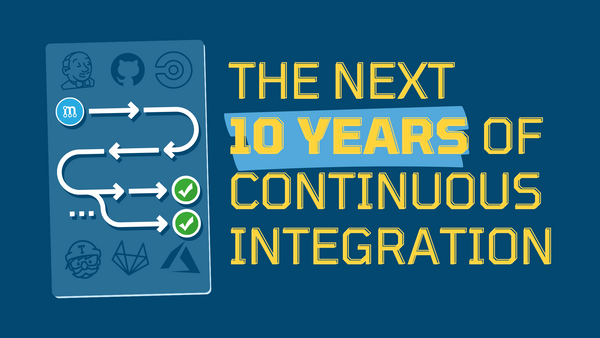
They Use Mergify
Why your team size is irrelevant
When you work on software helping other software engineers, you end up having an excellent understanding of your craft. At Mergify, we talk to a dozen engineering teams every month, putting us in a pretty good position to understand their problems. This also gives us an average picture of what











